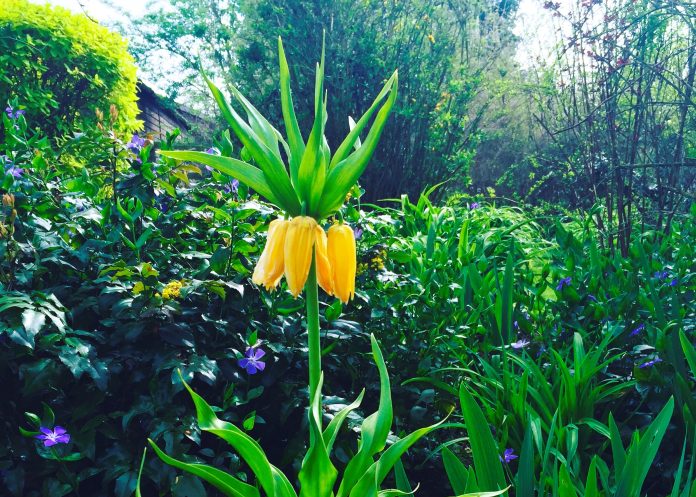Fritillaria is a genus of striking and unusual spring-flowering bulbs, prized for their exotic, nodding flowers and bold presence in the garden. With species ranging from the stately crown imperials (Fritillaria imperialis) to the delicate snake’s head fritillary (Fritillaria meleagris), these plants can bring a touch of the extraordinary to your planting schemes. Follow this guide to successfully grow and care for Fritillaria in your garden.
Selecting Your Fritillaria
Choose the right species for your garden:
- Fritillaria imperialis – Large, bold, and dramatic with tall stems and bright orange, red, or yellow flowers.
- Fritillaria meleagris – Delicate, nodding flowers with a checkered pattern, ideal for naturalistic planting.
- Fritillaria persica – Tall spikes of dusky purple flowers, adding elegance to borders.
- Fritillaria michailovskyi – Compact, with deep maroon and yellow-tipped flowers, suitable for rock gardens and containers.
Planting Instructions
Timing
- Plant bulbs in autumn (September to November) before the ground freezes.
- Flowers typically appear from March to May, depending on the species.
Soil and Location
- Well-draining soil is essential; amend heavy clay with grit or compost.
- Soil pH should be neutral to slightly acidic (pH 6.0–7.0).
- Fritillaria imperialis prefers fertile, rich soil, while Fritillaria meleagris thrives in moist, humus-rich conditions.
- Full sun to partial shade, depending on species.
Hardiness
- Most Fritillaria species are hardy in USDA zones 4–8 (RHS H4-H5), though Fritillaria imperialis may need extra protection in colder climates.
Planting Depth and Spacing
- Fritillaria imperialis: 20 cm (8 inches) deep, 30 cm (12 inches) apart. Position the bulb at an angle to prevent water pooling.
- Fritillaria meleagris: 5 cm (2 inches) deep, 10 cm (4 inches) apart.
- Fritillaria persica: 15 cm (6 inches) deep, 20 cm (8 inches) apart.
Watering and Mulching
- Water thoroughly after planting.
- Apply leaf mulch or compost to retain moisture and suppress weeds.
Care Guide
Watering and Feeding
- Water regularly in dry periods, avoiding waterlogging.
- Apply a balanced liquid fertilizer in early spring.
Supporting Taller Varieties
- Stake Fritillaria imperialis in exposed areas to prevent flopping.
Pest and Disease Management
- Watch for lily beetles and remove them by hand.
- Ensure good air circulation to prevent grey mold.
Post-Flowering Care
- Allow foliage to die back naturally before cutting.
- Divide congested clumps every few years.
Growing in Containers
- Ideal for smaller species like Fritillaria meleagris and Fritillaria michailovskyi.
- Use well-draining compost with added grit.
- Keep in a sheltered spot over winter and water sparingly.
Naturalizing Fritillaria
- Fritillaria meleagris thrives in damp meadows and woodland areas.
- Leave seed heads to mature for self-seeding.
- Avoid disturbing the area until foliage dies back.
Summary
Fritillaria adds a unique charm to the garden with its elegant, spring-blooming flowers. With the right care and conditions, these fascinating plants will return year after year, providing a captivating display in beds, borders, and naturalized settings.




